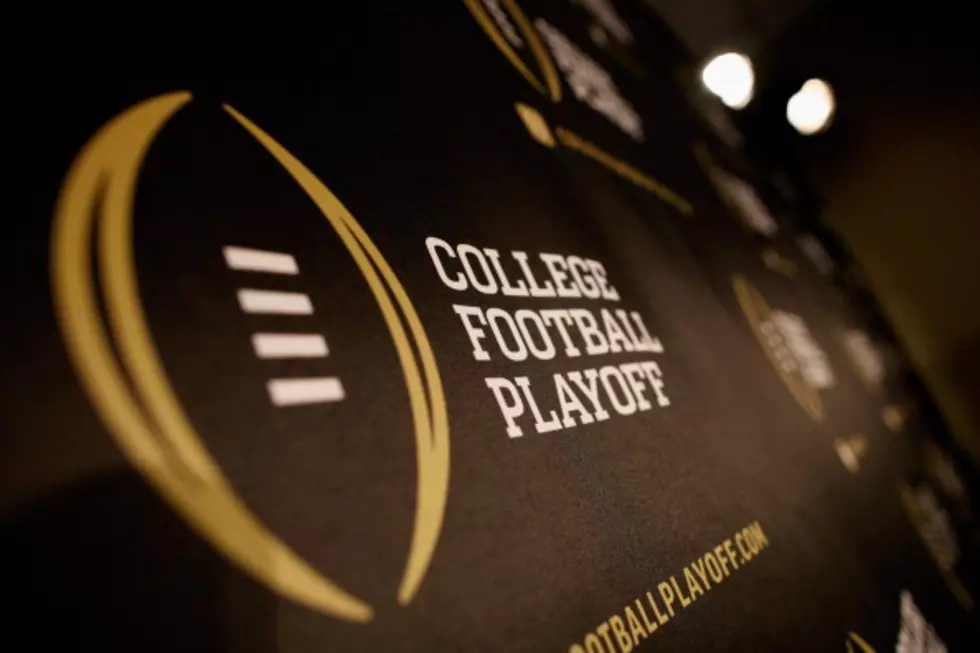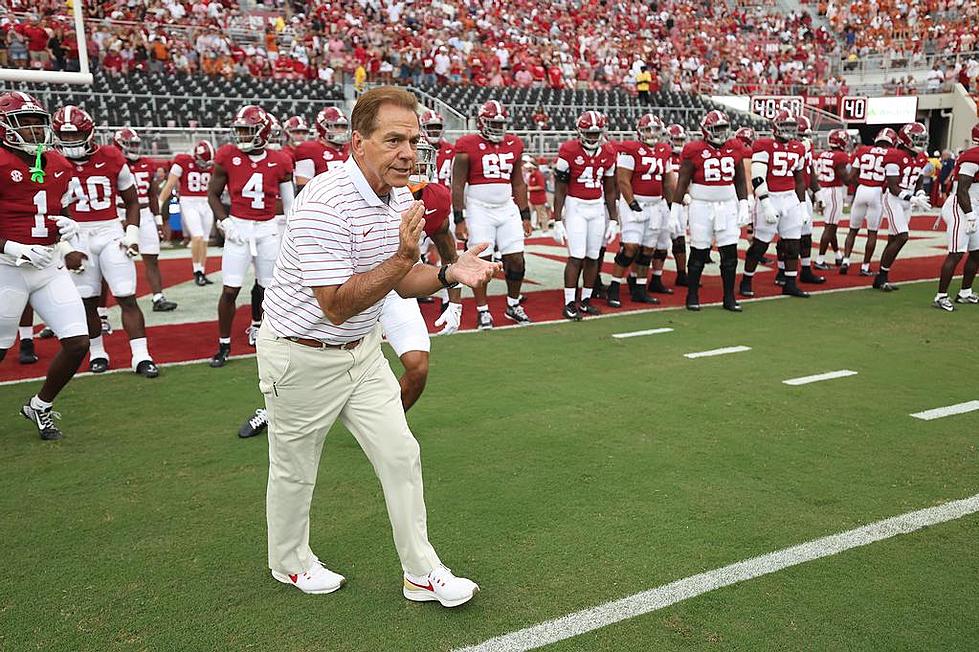
Did the Selection Committee Get it Right This Season?
Clemson, Alabama, Michigan State, and Oklahoma. Those are the four teams that will compete for the national championship this season in college football. The question that was on everyone's minds when the selection committee decided on these four teams is, "Did they get it right?"
Last season, there was controversy. Entering the conference championship week, the TCU Horned Frogs were ranked at #3, but they essentially were on a bye week since the Big 12 does not have a conference championship game. Taking advantage of this opportunity to impress the selection committee, Ohio State then proceeded to embarrass the Wisconsin Badgers in the B1G championship game, thus securing the #4 seed in the inaugural College Football Playoff.
Along with Ohio State's win that weekend, Florida State, Oregon, and Alabama all won their respective conference championship games. All these teams but Florida State (including TCU) had only one loss, and yet when the final rankings came out, the Horned Frogs (whose only loss came at the hands of the #5 Baylor Bears) were suddenly dropped three spots to #6.
Did the selection committee get it right last season? Some would say yes since the new #4 seed, the Ohio State Buckeyes, won the first ever College Football Playoff.
The fact that TCU (co-Big 12 champions) didn't get into the playoff and dropped below the Baylor Bears (the other co-Big 12 champs) in the final rankings showed us that the selection committee valued a team winning their conference championship game more than anything else.
But this protocol wasn't applied to this season's rankings, although the Big 12 champion did get docked for their lack of a championship game, they still managed to get into the 2015 playoff.
Oklahoma came into conference championship weekend as the #3 team in the nation, but fell to #4 after Saturday night. With Michigan State's win over Iowa, the Spartans jumped the Sooners. With this happening, it's only logical to think that this same thing would have happened had Iowa defeated the Spartans in the B1G Championship Game.
So in essence, it was already predetermined by the selection committee that Oklahoma would get the #4 seed, before the games were even played Saturday. The undefeated Power 5 conference champion made it in the playoff (Clemson), as they should have. But what about the other three spots?
Of course, the situations are different this season. There are only three one-loss Power 5 champions this season, as opposed to four last season (five if you want to count Baylor and TCU, which was the main issue). Oklahoma did fall because they didn't play in a conference championship game, but would it be reasonable and correct to allow Iowa or Ohio State (both one-loss teams, but neither won their conference) to jump Oklahoma and bump them out of the playoff?
In short, the main algorithm used by the selection committee, whether they admit it or not, is A. Keeping up with the Jones's (Power 5 teams holding serve with all the other Power 5 teams in terms of losses) and B. Winning your conference championship game. Stanford won the PAC-12 Championship Game, but won it with two losses on the season. They checked out with one of the credentials, but they weren't able to pass the test to keep up with the other top teams in terms of losses.
However, this does bring up an interesting question only if you're a Stanford fan: how come #5 Iowa remained ahead of the PAC-12 champs? They didn't win their conference, but they did play in their conference championship game. Again, whether the selection committee admits it or not, the fact that teams play in a conference championship game is more beneficial than not (at least in the eyes of the selection committee).
Which is directly contradictory when applied this season, as a lack of a conference championship game guaranteed Oklahoma a spot in the playoff after their victory over Oklahoma State on November 27 (sure, this was a de facto "championship game," but technically it wasn't).
So in short, did they get it right? They did this season, but with so much flexibility in ranking the teams, the fans have no clue how any of the rankings are justified.
Some clamor that more transparency should be applied when the selection committee produces their rankings. They demand that the fans know how decisions are made. But this demand also demands a set algorithm for the selection committee, a predetermined way of coming up with their rankings. It does not implement necessary subjectivity, and this could lead to a terribly off base ranking.
On the other side of the coin, some are content with not knowing at all how the committee makes these decisions. However, this just means that the committee can decide whatever they want to decide, with no accountability, reason, or justification whatsoever.
Ultimately, it is the selection committee's responsibility to decide the four best teams at the end of the regular season. How they do it is, for lack of a better word, trivial. Just get the four best teams in the four-team playoff and everything will be hunky-dory.
And that it is this season.
More From Tide 100.9









